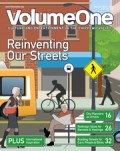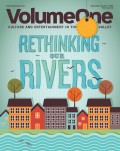Communities all over the world are getting creative to make their neighborhoods more lively, livable, and loveable. Here are some cool ideas we could emulate close to home.
Food Revolution
ROGERS PARK, CHICAGO
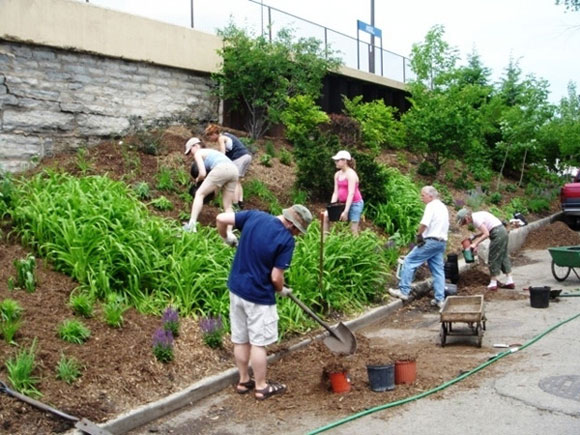
The Rogers Park neighborhood in Chicago took a community garden concept to the next level. Starting with a normal public garden, the neighborhood began expanding out, creating a network of homeowners and renters with yard space they weren’t using and connecting them to apartment dwellers who didn’t have yards of their own. The mutually beneficial relationships provided fresh produce for the yard owners, the guest gardeners, and even local food banks.
Trash Mobs
BALTIMORE
A number of neighborhoods in Baltimore have put together Trash Mobs, where the groups gather once a week to do exactly what it sounds like: Clean up the neighborhood. There’s the obvious benefit of picking up litter and beautifying the neighborhood, but neighbors are also paired up and able to learn more about each other.
Speed Meeting
SOMERVILLE, MASSACHUSETTS
Sometimes you just need that spark to get a good neighborly relationship going. At a local festival, the Somerville Arts Board sponsored a MicroMeet to do just that. Think of it as speed-dating for neighbors. Individuals or families would shift in three-minute intervals where they would introduce themselves and then quickly chat on a neighborhood topic. Afterwards, there was a mixer where those conversations could flourish into full-blown neighborly relationships.
Map Makers
MISSION DISTRICT, SAN FRANCISCO
Ms. Linnea and Mr. James – first-grade teachers at the Children’s Day School in San Francisco – came up with an interesting lesson plan for their students. To teach students about directions and maps, they turned to their surroundings instead of the atlas. They had students create maps of their neighborhood, including where they shopped, ate, played, and lived. The lessons also included neighborhood walks to grocery stores (to talk about nutrition), different parks (for some outdoor activities), and around residential areas (to talk colors, shapes, and a host of other things). Their tool kit with the activities is available at Good.is.
Pocket Neighborhoods
PORT TOWNSEND, WASHINGTON
Spring Valley is a pocket neighborhood built by Ross Chapin Architects in Port Townsend. The idea of a pocket neighborhood – which is growing in popularity around the country – is to create a small group of homes around a garden or shared yard space. The close proximity and shared spaces build a true sense of community. Even if you don’t build a specific pocket neighborhood, many naturally occur in cul-de-sacs and around public parks.
Student Pop-Up Shops
PARK SLOPE, BROOKLYN
The 826 Program is an after-school reading, writing, and creative program for kids across the country. One of the coolest ideas comes from the program’s Brooklyn chapter. The group has worked with the city and local building owners to use empty spaces, usually between tenants, to create small pop-up “shops” in which students can create and sell whatever they come up with. Hence, the Superhero Store in Brooklyn where for a week all neighborhood superheroes could stop in and buy handmade capes and tools built by kids, with all the money going to the program. Using these empty spaces is a great way to connect the neighborhood and showcase opportunities so they don’t stay empty for too long.
Data Driven Art
BOSTON
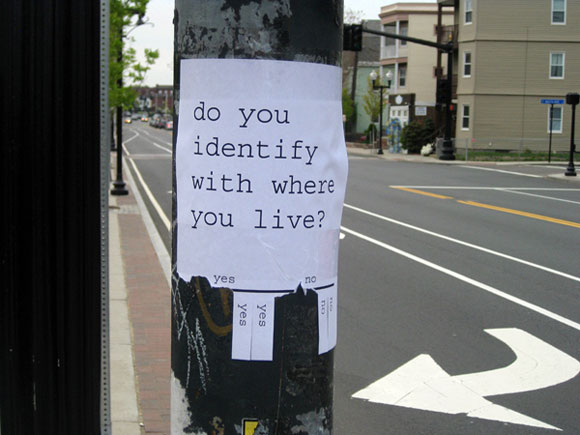
Artist Tim Devin wanted to engage his neighborhood, so he did it using street art. The Bostonian began with two different varieties. Mappy Facts were large, bright posters featuring maps with demographic data and other facts about the neighborhood for people to consume. His more participatory idea were his Street Surveys, where he’d ask simple yes-or-no questions about the neighborhood with tabs (appropriately labeled “yes” or “no”) for people to pull off to vote.
Always-on Block Parties
WALNUT HILLS, CINCINNATI
Closing the street down for a block party is great – that one time. The Walnut Hills neighborhood chose one non-essential street to close every Sunday, creating a recurring event for people to not only meet their neighbors but also to develop bonds with them. The neighborhood also invites local officials and police to come and mingle with their community, helping both groups feel safer and more comfortable. The events launched with a large-scale party, but continued weekly with low-effort programming such as food trucks, pick-up basketball, sidewalk chalk, and more.
Welcome Wonders
KELOWNA, BRITISH COLUMBIA
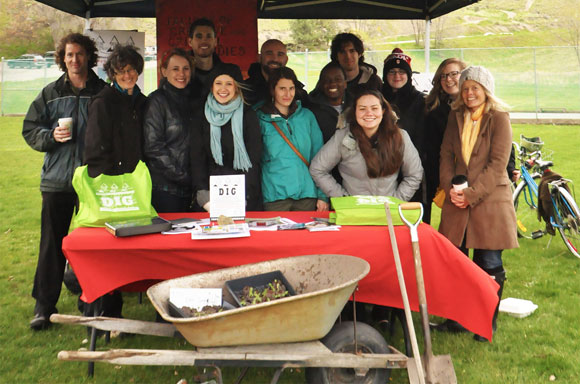
Usually, when you move into a new neighborhood, you might get some freshbaked cookies and a little welcome packet. The North End neighborhood in Kelowna, B.C., stepped up that welcome with their Dig Your Neighborhood welcome kit, asking the community to provide what it could for a welcome packet. The local university’s history department compiled a deep history explaining the context of the neighborhood. Local visual artists created a neighborhood-inspired board game and a kids’ activity book, local businesses donated coupons and gifts, and a local musician even included a CD of soundscapes recorded in the ’hood. Oh, they also brought some fresh-baked cookies.
Historical Perspective
TORONTO, ONTARIO
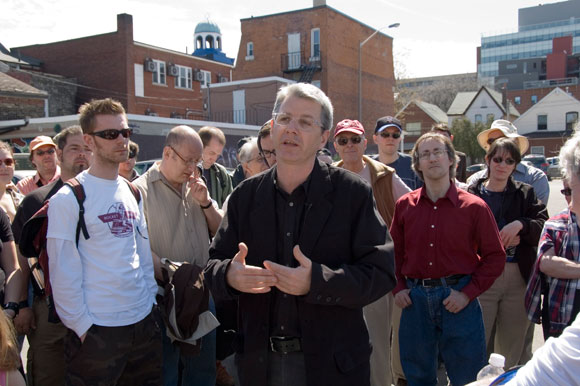
Named after neighborhood activist Jane Jacobs, a Canadian nonprofit created Jane’s Walks. The idea is to invite long-time residents of a neighborhood to give historical walks through the streets. We’re not talking deep history here – more just learning about how the neighborhood has evolved, what used to occupy various buildings, who used to live in various houses, and gaining a context new neighbors might not have. You can find more info about starting a Jane’s Walk at JanesWalk.org.

